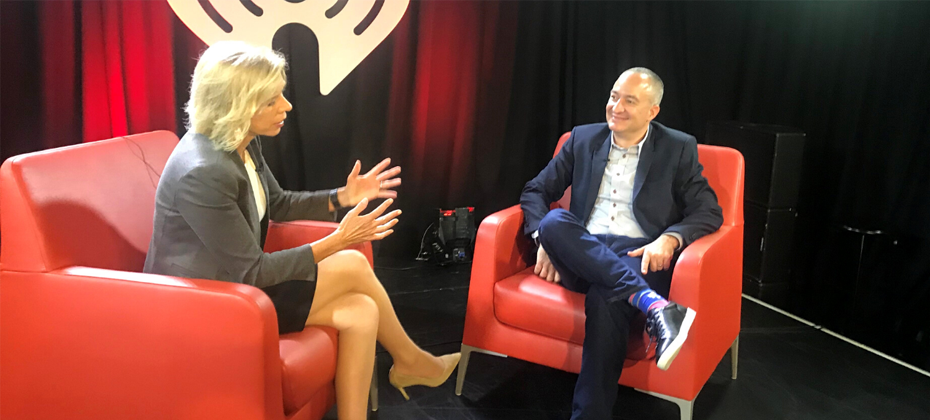There are many variations of passages of Lorem Ipsum available, but the majority have suffered alteration in some form, by injected humour, or randomised words which don’t look even slightly believable.

Paragraph block
Heading block
Pull Quote cloud news blog
There are many variations of passages of Lorem Ipsum available, but the majority have suffered alteration in some form, by injected humour, or randomised words which don’t look even slightly believable.
There are many variations of passages of Lorem Ipsum available, but the majority have suffered alteration in some form, by injected humour, or randomised words which don’t look even slightly believable.
- There are many variations of passages of Lorem Ipsum available,
- but the majority have suffered alteration in some form, by injected humour, or randomised words which don’t look even slightly believable.

Lorem Ipsum has been the industry’s standard dummy text ever since the 1500s, when an unknown printer took a galley of type and scrambled it to make a type specimen book. It has survived not only five centuries, but also the leap into electronic typesetting, remaining essentially unchanged. It was popularised in the 1960s with the release of Letraset sheets containing Lorem Ipsum passages, and more recently with desktop publishing software like Aldus PageMaker including versions of Lorem Ipsum.

I am delighted to announce that Experian has been recognised by the Top Employers Institute as a Top Employer in the UK, Spain, Bulgaria and South Africa. The annual research programme recognises leading employers around the world. Organisations certified as Top Employers dedicate themselves to providing the very best working environment for employees through their progressive ‘people-first’ HR practices. Being recognised as a Top Employer four years in a row is a significant achievement for us, but it wouldn’t have been possible without the support of our incredible workforce. By listening to our people and encouraging new ideas, they have continued to help us develop our working culture and pushed the boundaries to create the best possible working environment. An integral part of this is to encourage diversity throughout Experian and that means building our ways of working and our approach in a way that offers equality of opportunity, supporting our employees from the moment they join our organisation, at every level, and letting people work flexibly, in the way that suits them. We have been working hard to create a place where everyone has the freedom to explore and share interests, no matter what their individual story is, without fear of judgement. The more inclined we are to bring our rich outside world to work, the more we will expose others to new perspectives and different thinking, making Experian a great place to work. I’m extremely proud of the progress we’ve made over the last 12 months, with my personal highlights including our on-going partnerships with the likes of Women in Data, Stonewall and the Business Disability Forum, as well as the development of our employee health and well-being offerings. It’s important that we continue to build on this success, looking for new ways to do things, and continuing to provide a working environment that our people love.

Craig Boundy, former Experian North America CEO, was a featured guest on iHeartRadio’s “CEOs You Should Know” program. During the interview, Boundy shares how Experian is helping consumers through the company’s Boost program and culture of innovation. In addition, he provides practical advice regarding how to be a more thoughtful leader with his “no bad news on Friday” rule.

At Experian we’re proud of our culture and commitment to honoring, practicing and celebrating the values of diversity and inclusion. Which is why we’re especially thrilled to be starting the year with some remarkable honors in recognition of our culture. Fortune and Great Place to Work have named Experian North America as one of the Best Workplaces for Diversity. Additionally, for the second year, Experian was awarded a perfect score in the Human Rights Campaign Foundation’s 2020 Corporate Equality Index. Each year, Fortune honors 100 companies in the U.S. that do the most to create inclusive cultures for women, people of color, LGBTQ people, employees who are Boomers or older, and people who have disabilities. The Human Rights Campaign Foundation’s 2020 Corporate Equality Index is a national benchmarking tool on corporate policies and practices pertinent to lesbian, gay, bisexual, transgender and queer employees, and Experian has earned the distinction of “Best Places to Work for LGBTQ Equality.” We’re extremely proud of these awards and the culture we’re building here at Experian. We truly believe in embracing inclusion and diversity and celebrating the differences among our employees. Through our Power of YOU inclusion and diversity commitment, we seek to create an environment where everyone is comfortable bringing their whole self to work, regardless of differences or backgrounds. As part of this effort, we have a variety of initiatives including eight Employee Resource Groups, which are sponsored by Experian and led by our employees. Additionally, everyone across the company is encouraged to play a key role in the creation of our latest innovative products. For example, this past year, we launched Experian Boost™, a free, first-of-its-kind, consumer-controlled tool that has the potential to impact an individual’s financial health for the better. Hundreds of employees from throughout the organization volunteered to personally evaluate Experian Boost because they believed in the product’s potential to help millions of people across the U.S. Throughout the past few years, Experian has received numerous accolades for our workplace and culture, including being named a Top Workplace in Orange County, Calif., by the Orange County Register for the seventh consecutive year, and being named one of the world’s most innovative companies by Forbes magazine for five years. Our ongoing goal is to further an inclusive and innovative workplace, which helps contribute to greater financial health and inclusion for everyone.
In this article…
First Heading
Lorem Ipsumis simply dummy text of the printing and typesetting industry. Lorem Ipsum has been the industry’s standard dummy text ever since the 1500s, when an unknown printer took a galley of type and scrambled it to make a type specimen book. It has survived not only five centuries, but also the leap into electronic typesetting, remaining essentially unchanged.
It was popularised in the 1960s with the release of Letraset sheets containing Lorem Ipsum passages, and more recently with desktop publishing software like Aldus PageMaker including versions of Lorem Ipsum
- test1
- test1

Second Heading
It is a long established fact that a reader will be distracted by the readable content of a page when looking at its layout. The point of using Lorem Ipsum is that it has a more-or-less normal distribution of letters, as opposed to using ‘Content here, content here’, making it look like readable English.
Many desktop publishing packages and web page editors now use Lorem Ipsum as their default model text, and a search for ‘lorem ipsum’ will uncover many web sites still in their infancy. Various versions have evolved over the years, sometimes by accident,
How Experian can help with card fraud prevention and detection
Contrary to popular belief, Lorem Ipsum is not simply random text. It has roots in a piece of classical Latin literature from 45 BC, making it over 2000 years old. Richard McClintock, a Latin professor at Hampden-Sydney College in Virginia, looked up one of the more obscure Latin words, consectetur, from a Lorem Ipsum passage, and going through the cites of the word in classical literature, discovered the undoubtable source.
Lorem Ipsum comes from sections 1.10.32 and 1.10.33 of “de Finibus Bonorum et Malorum” (The Extremes of Good and Evil) by Cicero, written in 45 BC. This book is a treatise on the theory of ethics,
very popular during the Renaissance. The first line of Lorem Ipsum, “Lorem ipsum dolor sit amet..”, comes from a line in section 1.10.32.

Fourth Heading
Lorem Ipsum has been the industry’s standard dummy text ever since the 1500s, when an unknown printer took a galley of type and scrambled it to make a type specimen book. It has survived not only five centuries, but also the leap into electronic typesetting, remaining essentially unchanged. It was popularised in the 1960s with the release of Letraset sheets containing Lorem Ipsum passages, and more recently with desktop publishing software like Aldus PageMaker including versions of Lorem Ipsum.
